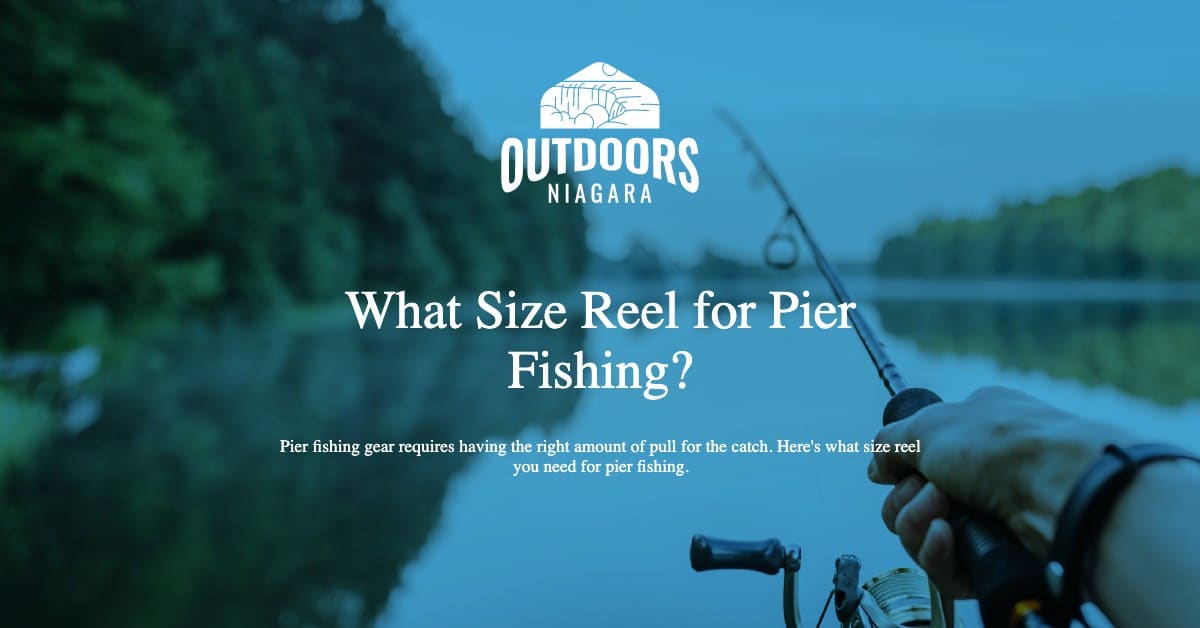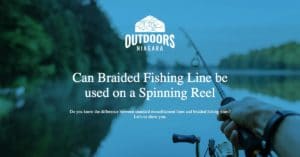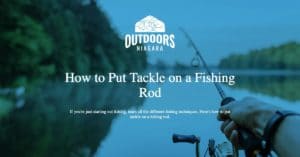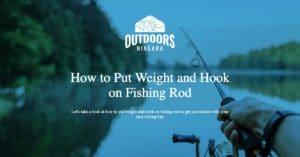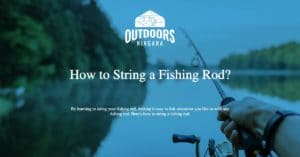Pier fishing is one fishing experience every angler should have.
It is a popular fishing pursuit, and it’s a great way to catch a wide variety of fish.
However, pier fishing requires having the right fishing gear and putting in the right amount of work to pull the catch up quite a distance above the water.
A spinning reel is an important part of an angler’s setup, and when pier fishing, it’s essential to use the right reel size.
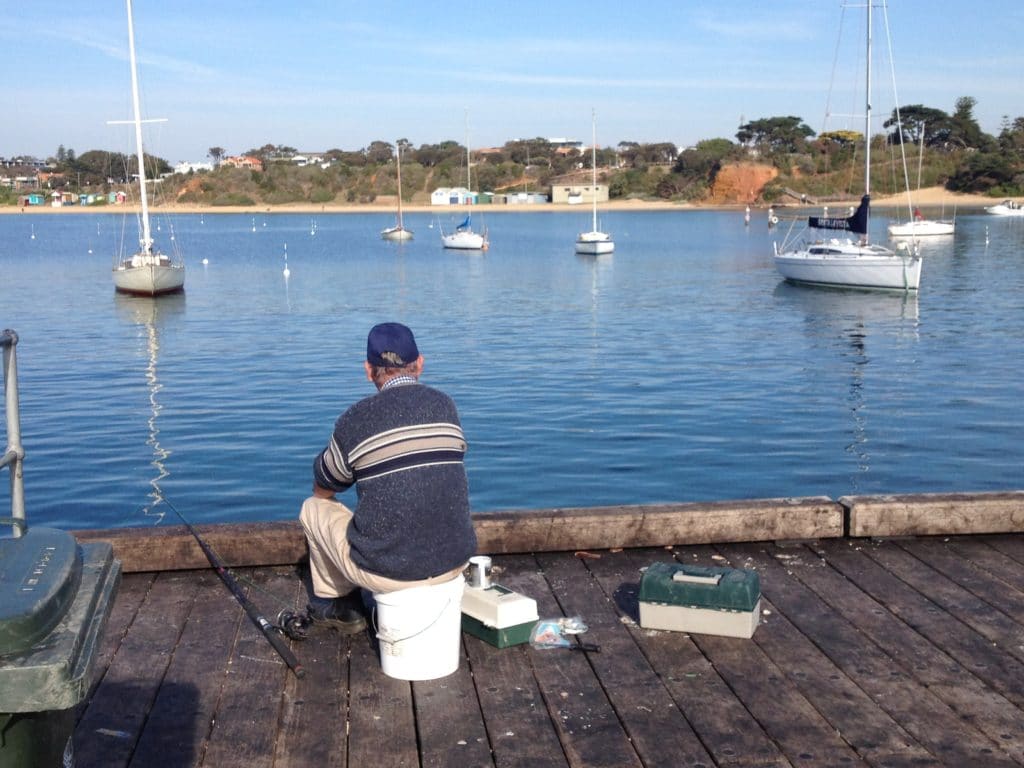
Contents
Factors that Influence Your Choice of Reel Size
When choosing a size for your spinning reel, there are certain things you should consider.
The Fish’s Size
Most anglers know that the larger the target species, the bigger the spinning reel.
Many assume this is because bigger reels can sustain heavier weights. But this isn’t true.
A reel’s power doesn’t come from its size, but rather its quality and rating.
Larger reels are used for larger fish because they put considerable pressure on your fishing line and can steal your spool while fighting.
All anglers can agree that this is a painful thing to experience.
And this is why many anglers always have an extra spool.
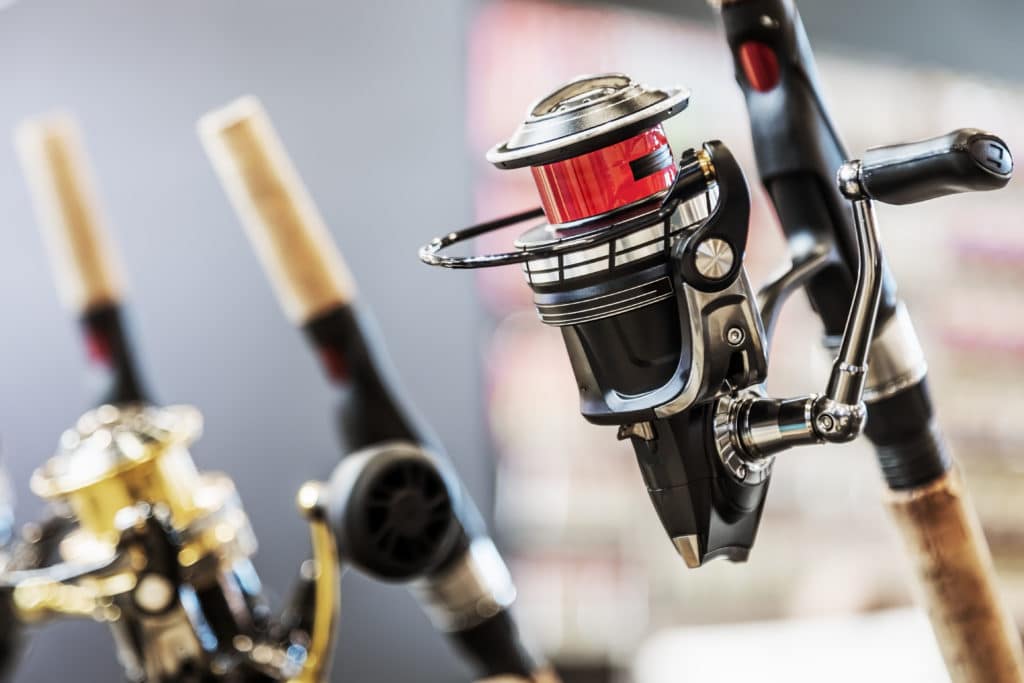
A larger reel means you get to fit more fishing line.
And you can fight your catch without worrying about the fish stealing your entire line.
The risk of losing your spool is lower when dealing with smaller fish.
Smaller fish will not take your entire fishing line, so you don’t need bigger spools for them.
Your Fishing Line
Your choice of fishing line depends on your personal preference, but the line’s diameter is an essential factor when selecting a reel size.
Thick lines require larger spools because they use up more space.
If you’re using a line with a small diameter, a small reel is enough to suit your needs.
However, your target species may influence your choice.
Bigger fish require thicker lines and, therefore, bigger reels.
Thin lines can be used for small and medium-sized fish, and a small reel is enough to tackle them.
The line material should also be considered.
Braided lines take up less space in your spool and can be used with small spools.
Conversely, monofilament lines are thicker and require larger spools.
The Amount of Fishing Line You’re Using
The pier reel you choose should be big enough to accommodate the length of line required to cast your target fish.
Surf fishing requires fixing the maximum amount of line.
This is because fishing off the beach requires a great casting distance to get to where the fish is.
When fishing on a pier, anglers don’t have to worry about the casting distance, as the structures allow them to cast into deep waters with any decent cast.
A line of 100 to 150 yards is enough for pier fishing. Waters that are not too deep may require a line of 150 to 200 yards.
Your Fishing Rod
When pier fishing, your rod is in your hands most of the time, making the rod/reel balance very important.
A balanced rod and reel allow you to detect bites easily and cast better.
A balanced rod/reel combo also gives you more power during fights.
An unbalanced rod/reel combo can still catch plenty of fish, but it isn’t as productive.
When getting a reel for pier fishing, it’s essential to ensure balance with the casting rod.
Generally, heavier rods are paired with bigger reels, and shorter rods are paired with smaller reels.
What Reel Size Should You Use When Pier Fishing?
Reels are rated differently by different manufacturers.
As a result, a spinning reel may be a size 25 or 2500.
They are approximately the same size, with the only difference being the way the reel manufacturer brands the product.
2500-3000 reels (size 25 to 30 of other brands) are generally adequate for offshore fishing.
Reels of this size range will easily fit 10 to 15 lb monofilament line and 20 lb braided line.
Most fish caught when fishing from a pier do not weigh more than 20 pounds.
So, most fishing situations can be handled using a 15 lb pound test with optimal drag and enough fishing skill.
If you expect to catch a large fish, you can do one of two things.
You can switch your fishing reel to a 4000-sized spinning reel and use a pound test higher than 15 lb, or use a braided line with the same reel.
Braided lines are strong but have small diameters.
So, when using a braided line, you can retain your small reel.
To have a great rod/reel balance, the reels are usually paired with short rods, typically between 6.5 ft and 9 ft.
Using larger rods with pier fishing reels will result in an imbalanced rod/reel combo.
For reels with a size of 5000 or larger, longer pier rods are the ideal choice.
When Should You Consider Using a Large Reel When Pier Fishing?
The maximum reel size most anglers need when pier fishing is 4000.
But there are special occasions when you have to go higher than a 4000-sized reel.
Using a monoline, you can use a larger reel when your target is a bigger fish.
Going for a big fish with the wrong pound test and wrong reel size puts you at risk of losing your line.
So, if your target is a big fish, you can opt for a large reel.
This may compromise the rod/reel balance but keeping your line intact is of more priority.
A large reel will also allow you to cast very far.
Although casting distance doesn’t usually matter when fishing from a pier, it sometimes becomes a priority.
And when you need to cast far, a large reel will do the job.
What Is the Maximum Reel Size You Can Use?
Pier fishing usually involves smaller fishing, but some fish are larger than others, like every other type of fishing.
It would be best if you had adequate strength to fight such large fish. Pulling such fish up onto the pier also requires strength.
So, what is the maximum reel size you can use? A pier reel size of 8000 to 10000 should suit your needs.
These are heavy-duty style reels.
Pier fishing isn’t the same as fishing in the deep sea, so anything above 10,000 would be too much.
A larger reel would mean using larger lures, baits, and line capacity.
Consequently, you’ll end up with an arduous setup which isn’t ideal for a crowded pier.
The large weight will tell on your arm, and you may not be as productive as you ought to be.
You’ll be able to fight more with an appropriate reel size and catch more fish.
What Else Should You Consider when Getting a Reel?
Your spinning reel’s size is important, but there are other things you should consider.
These variables are quite important because they also influence the result you will get.
Good Drag
You should ensure your drag is functioning, as a good drag will prevent the line’s release when the bait is taken.
The trick is to set your drag at 30% or one-third of the pound test.
So a 15 lb line should have a drag at about 5-6 lbs.
Gear Ratio
The gear ratio is the number of times the spool rotates at every turn of the handle.
A gear ratio of 7:1 or 8:1 works well for pier fishing.
Quality
Different manufacturers make reels, and you should choose one with a good reputation.
Reels with excellent reputations are usually high-quality.
And you want to have a quality reel when pier fishing.
A solid reel provides an excellent cast, lasts longer, and has a lesser chance of breaking during a major fight.
Saltwater Resistance
Fishing gear corrodes faster when exposed to saltwater residues.
When choosing a reel, choose saltwater reels that are generally resistant to corrosion.
Final Thoughts
Your spinning reel size is quite essential when pier fishing.
Most times, fishing reel sizes between 2500 and 4000 will work for you.
This size range will cover a wide range of species.
You may use a mono or braid line, and a reel size in that range will allow you to fit 100-200 yards of fishing line.
If your target species is a larger fish, you should opt for larger styles of fishing reel and an appropriate action rod.
To complete your gear for pier fishing, add a good chair.

